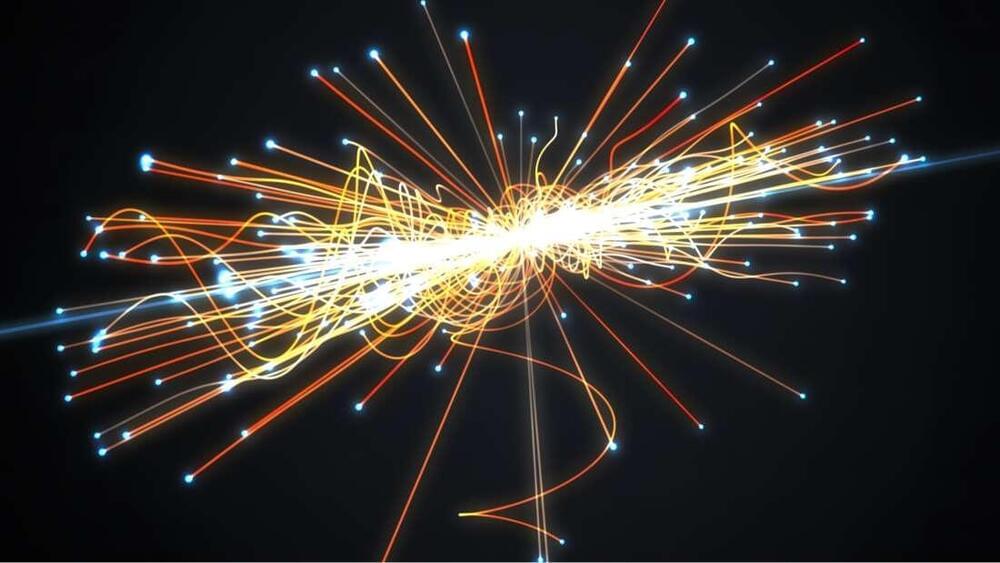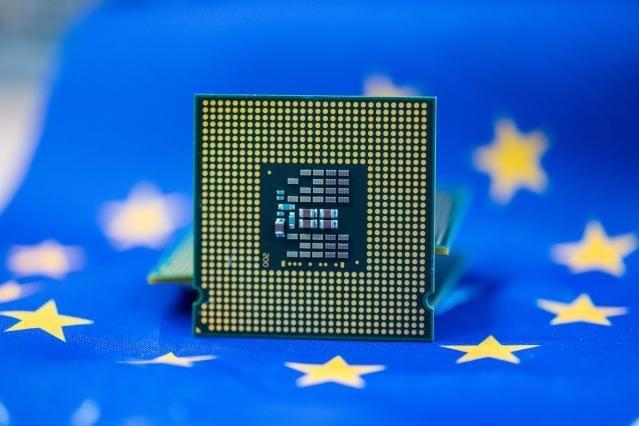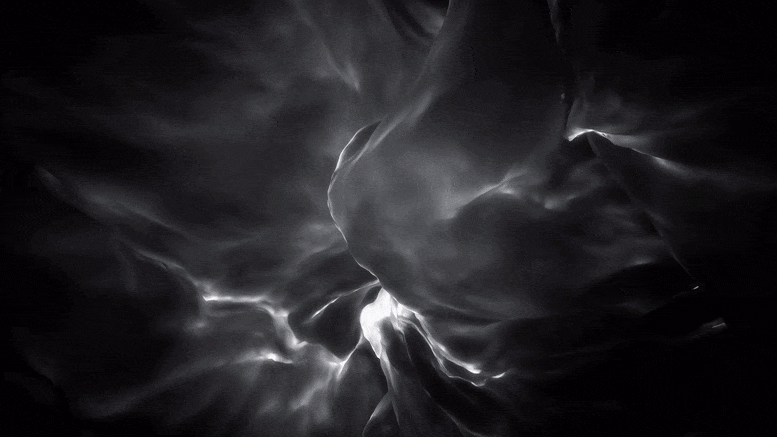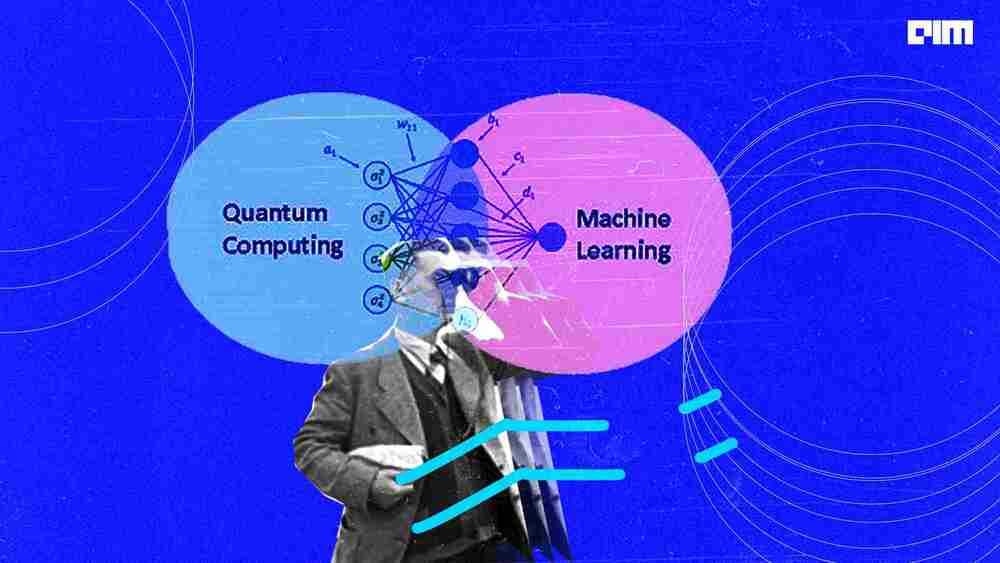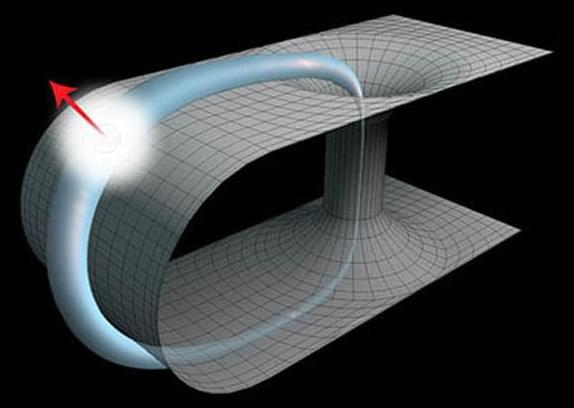In a way, entangled particles behave as if they are aware of how the other particle is behaving. Quantum particles, at any point, are in a quantum state of probabilities, where properties like position, momentum, and spin of the particle are not precisely determined until there is some measurement. For entangled particles, the quantum state of each depends on the quantum state of the other; if one particle is measured and changes state, for example, the other particle’s state will change accordingly.
The study aimed to teleport the state of quantum qubits, or “quantum bits,” which are the basic units of quantum computing. According to the study, the researchers set up what is basically a compact network with three nodes: Alice, Charlie, and Bob. In this experiment, Alice sends a qubit to Charlie. Bob has an entangled pair of qubits, and also sends one qubit to Charlie, where it interferes with Alice’s qubit. Charlie projects Alice’s qubit onto an entangled quantum Bell State that transfers the state of Alice’s original qubit to Bob’s remaining qubit.
The breakthrough is notable for a few reasons. Many previous demonstrations of quantum teleportation have proven to be unstable over long distances. For example, in 2016, researchers at the University of Calgary were able to perform quantum teleportation at a distance of six kilometers. This was the world record at the time and was seen as a major achievement.


